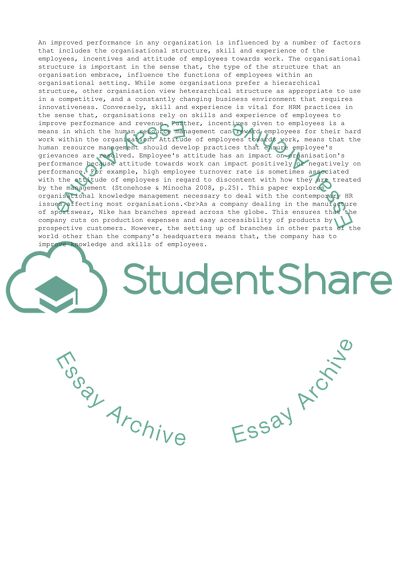Cite this document
(How does your understanding of critical perspectives on knowledge Essay, n.d.)
How does your understanding of critical perspectives on knowledge Essay. https://studentshare.org/human-resources/1817016-how-does-your-understanding-of-critical-perspectives-on-knowledge-inform-your-views-of-hrm-in-practice
How does your understanding of critical perspectives on knowledge Essay. https://studentshare.org/human-resources/1817016-how-does-your-understanding-of-critical-perspectives-on-knowledge-inform-your-views-of-hrm-in-practice
(How Does Your Understanding of Critical Perspectives on Knowledge Essay)
How Does Your Understanding of Critical Perspectives on Knowledge Essay. https://studentshare.org/human-resources/1817016-how-does-your-understanding-of-critical-perspectives-on-knowledge-inform-your-views-of-hrm-in-practice.
How Does Your Understanding of Critical Perspectives on Knowledge Essay. https://studentshare.org/human-resources/1817016-how-does-your-understanding-of-critical-perspectives-on-knowledge-inform-your-views-of-hrm-in-practice.
“How Does Your Understanding of Critical Perspectives on Knowledge Essay”. https://studentshare.org/human-resources/1817016-how-does-your-understanding-of-critical-perspectives-on-knowledge-inform-your-views-of-hrm-in-practice.


